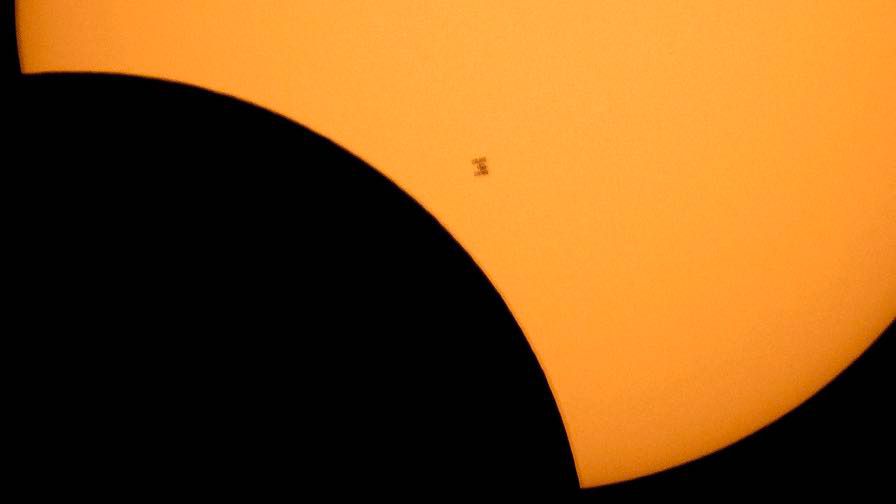The celestial event of the year occurs on Monday, the total solar eclipse, and whether you will watch it from totality or just partial, you could help collect data for science.
The National Aeronautics and Space Administration (NASA) calls on citizen scientists to document meteorological and biological changes during the eclipse and all you need is a smartphone. Here are the three ways to participate in this historical experience.
Download GLOBE Observer from the app store and click on the Eclipse tool. Once there, it will prompt you to take and observe meteorological measurements, including air temperature, observations of sky coverage by monitoring the clouds and even characterize the vegetation in your area.
The Eclipse Soundscapes project asks how wildlife responds to the eclipse. Citizen scientists should be outdoors during the eclipse and record information about the location, including what they hear, see and feel during the eclipse.
They will then take this information and submit it via a web form. Participants are encouraged to take photos.
This app provides the ability to photograph the eclipse. Images collected will help scientists to map the sun. The hope is to reveal the precise shape of the solar disk.
NASA urges its citizen scientists to take the proper precautions when viewing the eclipse. Safety glasses must be worn except during the minutes-long section of totality.
Camera lenses, binoculars and telescopes must be fitted with a special-purpose solar filter to ensure safety when viewing. Otherwise, severe eye injury can occur.
Our team of meteorologists dives deep into the science of weather and breaks down timely weather data and information. To view more weather and climate stories, check out our weather blogs section.



